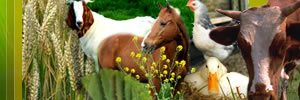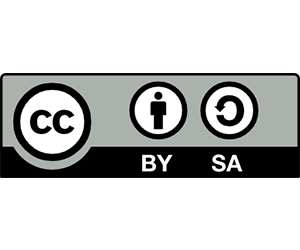PLANT SPACING AND MULCHING TOGETHER AFFECT THE PHENOLOGY AND YIELD OF TOMATO CROP
I. A. Khan1, Z. Hussain1*, T. Bakht2 and Luqman1
1Dept. of Weed Science, Faculty of Crop Protection Sciences, The University of Agriculture Peshawar, Peshawar, Pakistan
2Department of Environmental Sciences, SBB University Shringal, Dir Upper, Pakistan
*Corresponding author Email: zhussainws@aup.edu.pk
ABSTRACT
Field trials were carried out in the farm of the University of Agriculture, Peshawar Pakistan in the years 2012 and 2013 in order to investigate the effect of line spacings, mulching materials, and herbicides on phenology of the tomato crop. The design of the experiments was RCBD, with split-plot arrangement. Three various line spacings viz. 40, 60, and 80 cm between the adjacent tomato lines were maintained in main plots; whereas the mulches and herbicides were arranged in the sub-plots. The mulches of polyethylene (white), polyethylene (black), wheat straw at the rate of 1.0 kg, saw dust at 1.0 kg, and paper mulch at the rate of 0.5 kg m-2, and the herbicides of Puma super 7.5 EW (fenoxaprop-p-ethyl) at the rate of 2 kg, Dual Gold 960 EC (s-metolachlor) at 1.5 kg, and Stomp 330 EC (pendimethalin) at the rate of 1.44 kg a.i ha-1, a hand weeding (weed free) and a weedy check (control) treatments were used. The data recording parameters were fresh weed biomass (kg ha-1), days to flowering, and fruiting, leaf area (LA), leaf area index (LAI), and yield of tomato fruit (t ha-1). All the treatments significantly affected the studied parameters. The line spacing of 40 cm among the tomato lines had the lowest weed biomass and that of 80 cm spacing had the highest weed biomass. The number of days to first flowering and first fruiting was declined in 40 cm line spacing and enhanced in 80 cm line spacing plots. The leaf area and leaf area index were the uppermost in 40 cm line spacing and lower most in 80 cm spacing. Finally, the highest total fruit yields were 12.12 and 15.15 t ha-1 during 2012 and 2013, respectively in 60 cm line spacing. Among the subplot treatments, the control plots showed maximum weed biomass while minimum in the weed free plots. However, number of days to flowering and fruiting were highest in hand weeded treatments followed by pendimethalin and polyethylene-white plots which were statistically at par in both the years. Similarly, the LA, LAI and total fruit yield of tomato were best in the plots of hand weeding in comparison with the lowest values in weedy check plots. In conclusion, line spacing of 60 cm, the application of pendimethalin herbicide as pre-emergence, once manual weeding, and black plastic mulch proved to be the best integrated weed management strategy for enhancing the phenology of tomato crop.
Keywords: Herbicides, mulches, row spacing, tomato, weed biomass
|





